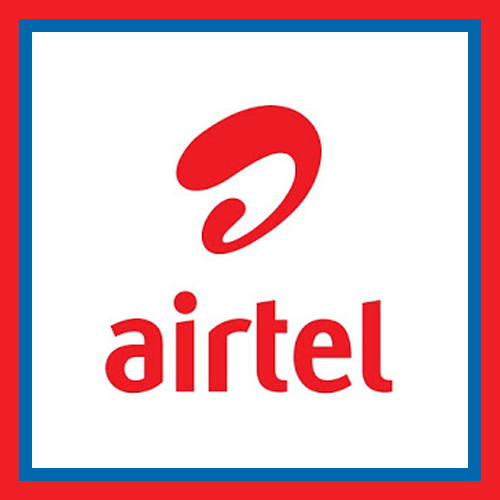Airtel, along with Ericsson, successfully concludes LAA trial in a live network

Bharti Airtel and Ericsson said that they have successfully conducted India’s first trial of Licensed Assisted Access (LAA) technology over a LIVE LTE network.
LAA is a key technology as operators evolve their networks to achieve Gigabit LTE by opening up previously untapped resources of unlicensed spectrum delivering speeds once thought only possible over fiber.
LAA enables the use of unlicensed spectrum in the 5 GHz band in combination with the licensed spectrum. With this, the subscribers get a massively enhanced mobile broadband experience and ultra-fast speeds, while operators make efficient use of unlicensed spectrum resources.
Randeep Sekhon, CTO, Bharti Airtel, states, “Airtel has always led the introduction of cutting-edge network technologies to serve its customers. We are pleased to partner Ericsson to conduct India’s first LAA trial, which is also a big step towards 5G and Gigabit networks. LAA is an important technology evolution that can truly unlock the power of 4G LTE networks by leveraging unutilized unlicensed spectrum.”
During the trial, data download speeds of over 500 Mbps were recorded on smartphones in an indoor environment. In outdoor environment, peak download speed of more than 400 Mbps was achieved with coverage of about 180 metres from the base station. The trial was conducted in Delhi-NCR.
Airtel used one LTE 5 MHz carrier aggregated with three 20 MHz carriers of unlicensed spectrum. Together with 4CC carrier aggregation, 4x4 MIMO and 256 QAM technologies, the trial was conducted using Ericsson Radio System.
Nitin Bansal, Head of Network Solutions, South East Asia, Oceania and India, Ericsson, states, “LAA is a key evolution of mobile technology and we are pleased to be partnering with Airtel to demonstrate the increased capacity, improved speeds and enhanced user experience through the combination of licensed and unlicensed spectrum.”